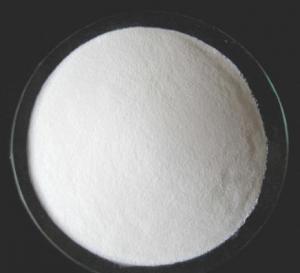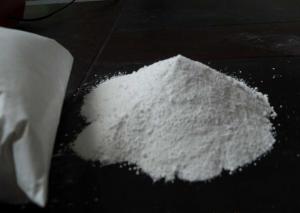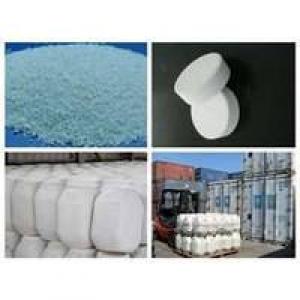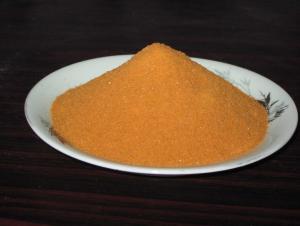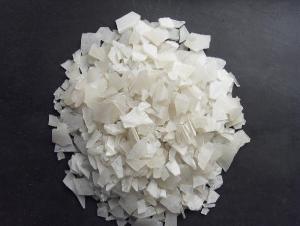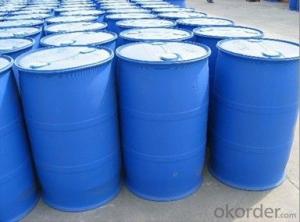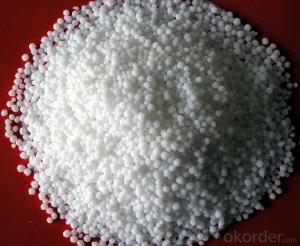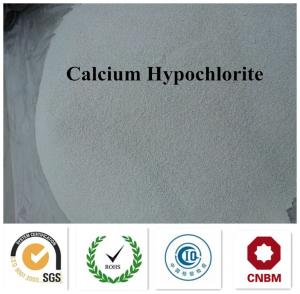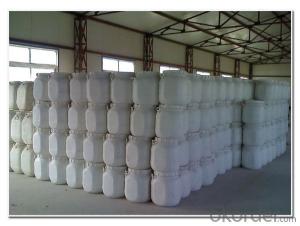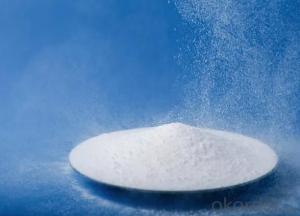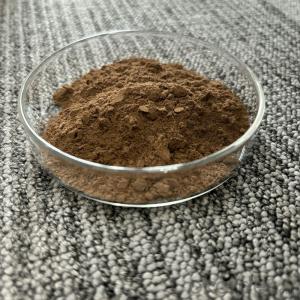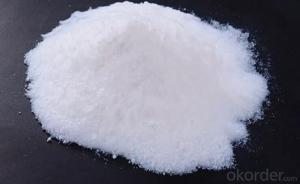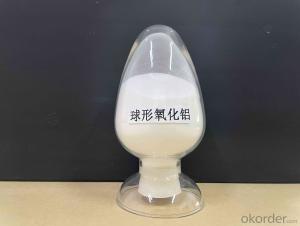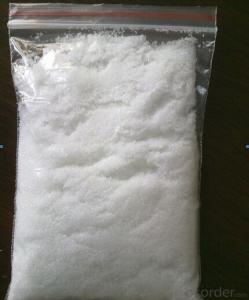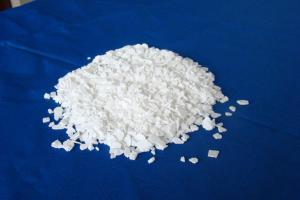BV TEST Calcium Carbide with good prices
- Loading Port:
- Tianjin
- Payment Terms:
- TT OR LC
- Min Order Qty:
- 22.5
- Supply Capability:
- 1000 m.t./month
OKorder Service Pledge
OKorder Financial Service
You Might Also Like
This product is lumpy substance, its surface is a little deep gray, has slight nasty smell. It can produce acetylene gas when met water, it can burn when meets fire. The acetylene gas mix with air will form explosive gas (explosive range of acetylene gas in the air is 2.3% - 81%).
Technical specifications and features
1. Name
Calcium Carbide
2. Molecular formula
CaC2
3. UN
1402
4. Class
4.3
5. HS code
28491000
6. Gas yield20 101.3 Kpa
≥295L/KG
7. PH3(V/V)
≤0.08%
8. H2S(V/V)
≤0.1%
9.Molecular weight
64.10
(according to 1995 international relative atomic mass)
10. SIZE
4-7,7-15,15-25,25-50,50-80,80-120MM
11. Packing
50kg or 100kg iron drum
Cautions during transportion:
The packing must be kept in good condition and the goods should be stored in a dry,cool and ventilated place.It should be separate from the cargo can burn and acid.It should avoid meeting water and moisture.It should give off the acetylene in iron drum before storing in warehouse. Rolling drums,heavy putting down and colliding are not allowed to avoid the spark leads to explosion.
- Q:And what I specifically need are salts with Bromide, Chloride, Phospate and Carbonate ions.Thanks for any help.
- That list is near endless. There are countless inorganic cations and organic groups that can combine with these ions. Pretty much every metallic element in the periodic table will form cations with bromide and chloride. Not sure about phosphate, but most metals will bind with it. Carbonate will be trickier, as some ions are too acidic and will decompose the carbonate (iron(III) is an example, and it will form the oxide instead, liberating CO2 in the process). Aside from simple elemental ions, there are also polyatomic cations (such as ammonium) and lots of complexes that will form compounds with these anions.
- Q:Does the apple contain inorganic salts and vitamins?
- Yes, the fruit is rich in these two nutrients, especially apples
- Q:give me at least 5 substances
- an inorganic substance usually contains no C NaCl refer to salts list and an organic does usually CH4 C2H6 C3H8 C4H10 C5H12 acids usually release H+ ions H2SO4 CH3OOH HCl H3SO4 HF bases usually release OH- ions NaOH Mg(OH)2 KOH LiOH Ca(OH)2 salts are usually just ionic compounds NaCl KCl NaI KI NaBr
- Q:If you boil down salt to a vapor form and breathe it in, can it kill you? or do you have to mix it with another chemical for it to become deadly. (Or will the vapor be so hot it will burn your lungs)
- The boiling point of salt is incredibly high. Like thousands of degrees Celsius high. If you can actually manage to boil salt I would not recommend inhaling it.
- Q:What are the physiological functions of inorganic salts
- Maintain the life of cells and organisms
- Q:Does the plant roots absorb inorganic salt ions must be active
- Plants absorb inorganic salts and do not necessarily absorb water. Plants absorb moisture and absorb inorganic salts are two relatively independent processes. Plants absorb moisture through the infiltration of root cells to absorb water, the process is essentially free of water diffusion process, neither the carrier nor the need for energy; and plant absorption of inorganic salts is carried out by means of active transport, This process requires the carrier and consumes the energy generated by cell metabolism. Of course, plant water absorption and absorption of inorganic salts are a certain association, inorganic salts to be dissolved in water to be absorbed, and inorganic salt ions in the transport of plants can not be separated from water.
- Q:Octopus why the lack of boron-containing inorganic salts can cause rape to flow only without fruit
- Boron has a great influence on the reproductive process of plants, which can accelerate pollen differentiation and pollen tube elongation. In the absence of boron, pollen tube germination is affected, poor fertilization, which leads to the formation of seeds affected, the reduction of growth hormone produced by the reduction of growth hormone will affect the formation of fruit.
- Q:I am an AP biology student testing how magnesium effects the rate of photosynthesis in a plant. However since my class period is only one hour long I highly doubt if i add epsom salt to the soil ( after mixing it with water) i will see an immediate increase in the rate of photosynthesis. So i need to know how long should i wait to test photosynthesis rates after adding an epsom salt solution to the soil of a plant. Or how long does it take for magnesium to be incorporated into a plants rate of photosynthesis. Thanks in Advance!
- Magnesium sulfate (or magnesium sulphate) is an inorganic salt (chemical compound) containing magnesium, sulfur and oxygen, with the formula MgSO4. It is often encountered as the heptahydrate sulfate mineral epsomite (MgSO4·7H2O), commonly called Epsom salt, Magnesium is part of the chlorophyll in all green plants and essential for photosynthesis. It also helps activate many plant enzymes needed for growth. Rate of photosynthesis does not depend upon any single factor . so it is futile to expect it should increase after addition of epsom salt to soil in solution form . Because first it should be incorporated in chlorophyll molecule . That depends upon formation of new leaves . Old leaves already have it ( formula of chlrophyll a = C55 H72 O5 N4 mg ) That is the requirement is just one atom per molecule . what to do with excess ? Unless the soil is deficient in Mg . It it useless to add it . soil pH is another factor to be considered = Soil pH (a measure of the acidity or alkalinity of the soil) Soil pH is one of the most important soil properties that affects the availability of nutrients. Macronutrients tend to be less available in soils with low pH. Micronutrients tend to be less available in soils with high pH. www.ncagr /cyber/kidswrld/plan...
- Q:Inorganic salt through what way into the human body
- The role of inorganic salts on the human body 1. Inorganic salts in the human body is extremely uneven distribution. For example, calcium and phosphorus are mostly in hard tissue such as bone and teeth, iron is concentrated in red blood cells, iodine is concentrated in the thyroid, barium is concentrated in adipose tissue, cobalt is concentrated in hematopoietic organs, and zinc is concentrated in muscle tissue. 2. Inorganic salts are important for the structure of tissues and cells
- Q:The importance of water and inorganic salts to life is reflected in those aspects
- The role of water: 1. as a good solvent to dissolve nutrients and metabolic wastes, involved in the metabolism of body fluids. 2. To provide the water environment required for cell survival. 3. As some of the reaction of raw materials, such as photosynthesis, protein hydrolysis . 4. Is divided into the combination of water and free water constitute the two major forms of cells. 5. Plant to help carry out the role of transpiration heat
1. Manufacturer Overview |
|
|---|---|
| Location | |
| Year Established | |
| Annual Output Value | |
| Main Markets | |
| Company Certifications | |
2. Manufacturer Certificates |
|
|---|---|
| a) Certification Name | |
| Range | |
| Reference | |
| Validity Period | |
3. Manufacturer Capability |
|
|---|---|
| a)Trade Capacity | |
| Nearest Port | |
| Export Percentage | |
| No.of Employees in Trade Department | |
| Language Spoken: | |
| b)Factory Information | |
| Factory Size: | |
| No. of Production Lines | |
| Contract Manufacturing | |
| Product Price Range | |
Send your message to us
BV TEST Calcium Carbide with good prices
- Loading Port:
- Tianjin
- Payment Terms:
- TT OR LC
- Min Order Qty:
- 22.5
- Supply Capability:
- 1000 m.t./month
OKorder Service Pledge
OKorder Financial Service
Similar products
New products
Hot products
Hot Searches
Related keywords


